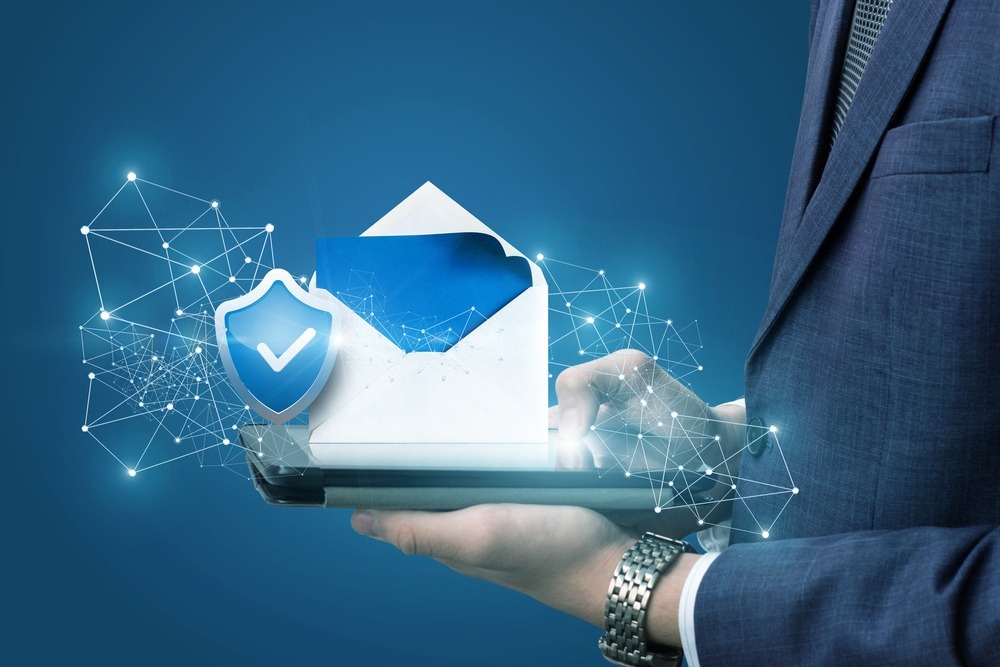Organizations today rely on email as the most common communication tool within departments and with their clients. However, in today’s digital world, emails are prone to malware attacks leading to the loss of sensitive data. As of 2021, researchers estimated that ransomware grew by 134%, whereby more than 90% of these malware attacks began with an email.
The good news is that most cyberattacks propagated through emails are preventable by implementing strong security strategies that block these threats.
Here are some of the email security best practices businesses can implement.
1. Enterprise-Grade Spam Filtering – Enterprise-grade spam filtering eliminates the risk of malicious emails getting into user’s inboxes. It incorporates security protocols that identify spoofing and phishing emails. Moreover, enterprise-grade spam filters eliminate productivity waste by restricting unsolicited and unwanted emails.
2. Secure TLS Servers for Email Communication – Transport Layer Security (TLS) is a cryptographic security protocol that offers end-to-end encryption technology between secure email servers. TLS makes it difficult for hackers to intercept and decode messages using public and private key pairs known only to the sender and recipient. Essentially, TLS prevents eavesdropping, content alteration and maintains privacy, performance, and security.
3.  Password Protection – As a measure to maintain information security in an organization, all employee devices should be secured with a username and password protection. This measure limits unauthorized personnel access to devices, including emails, contacts, and other sensitive organizational data.
Password Protection – As a measure to maintain information security in an organization, all employee devices should be secured with a username and password protection. This measure limits unauthorized personnel access to devices, including emails, contacts, and other sensitive organizational data.
The passwords should:
- Make use of mixed upper and lowercase letters, numbers, and symbols
- Not be shared and overused
- Be unique and not comprised of easily identifiable information
4. Internal Procedures and Policies – Organizations should have designated information security teams mandated with formulating security measures, procedures, and policies that mitigate cyber threats. The information security team should establish protocols that guide other employees on appropriate actions to ensure minimal or zero risk to the organization’s data. These include:
- Risks associated with merging personal and business email accounts
- Opening email attachments from unverified sources
- Dangers of forwarded emails
- Restrictions applicable for sending and receiving emails from external contacts
The information security team should ensure that all employees clearly understand these policies and be present to help and guide the staff whenever necessary.
5. Use Designated Providers for Mass Emails – As an organization, ensure that you use designated providers to send mass emails, such as Mail Chimp, since using your account can lead to it being flagged as spam and thereby shut down.
6. Close User Accounts of Ex-Employees – The IT department in an organization should provide for the closure and forwarding of an ex-employee’s account once they leave. This ensures that they can no longer access the organization’s operations, and therefore they cannot be a point of breach.
Email Security Best Practices
As an organization, you must uphold the security of customers, employees, and the business’s information from threats. Email security can be boosted through verification processes that include two-factor authentication as an extra layer when logging in.
Lastly, implementing endpoint anti-virus protection across all devices protects against malware and ransomware delivered through emails by hackers.
About United Business Systems
United Business Systems specializes in simplifying the complexity and management of office technology solutions for over 7,800 organizations nationwide. Services include Managed Print, Document Management and IT Services. Products include MFPs, Copiers, Printers and Wide Format Printers. UBS’s headquarters is in Fairfield, NJ with branch offices in Moorestown, NJ, Manasquan, NJ and New York.
For the latest industry trends and technology insights visit UBS’ main Blog page.

